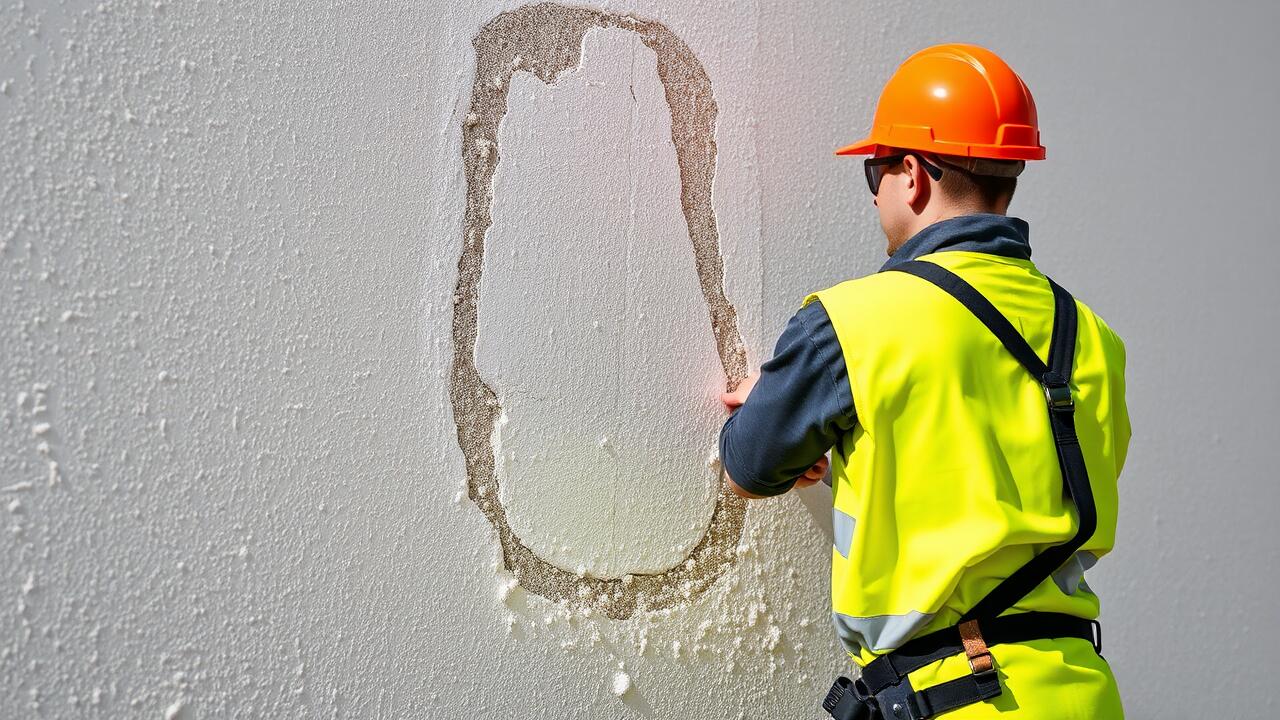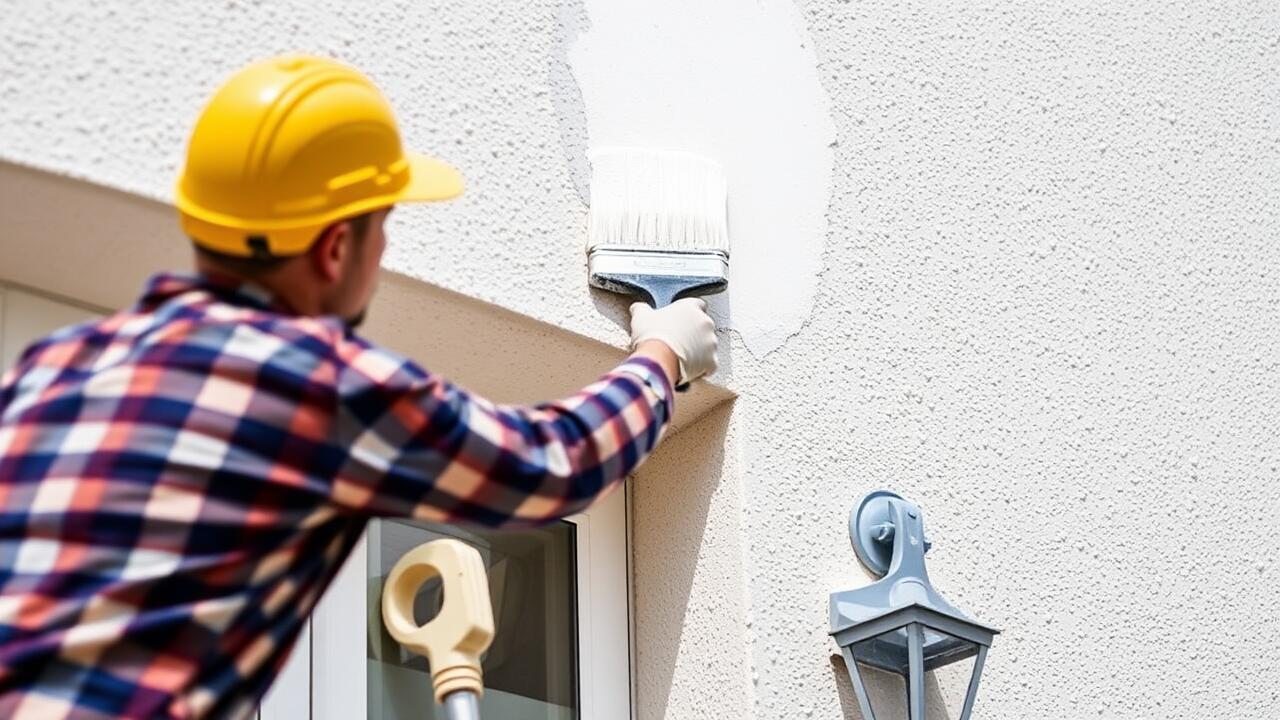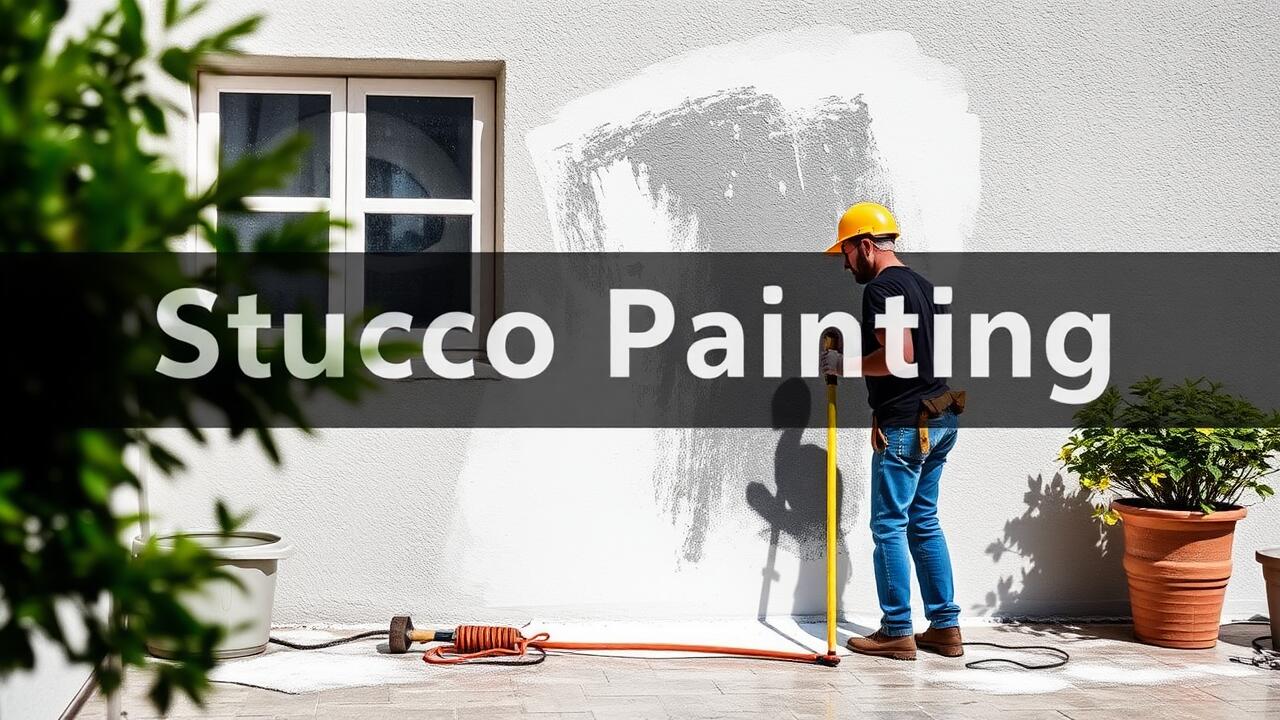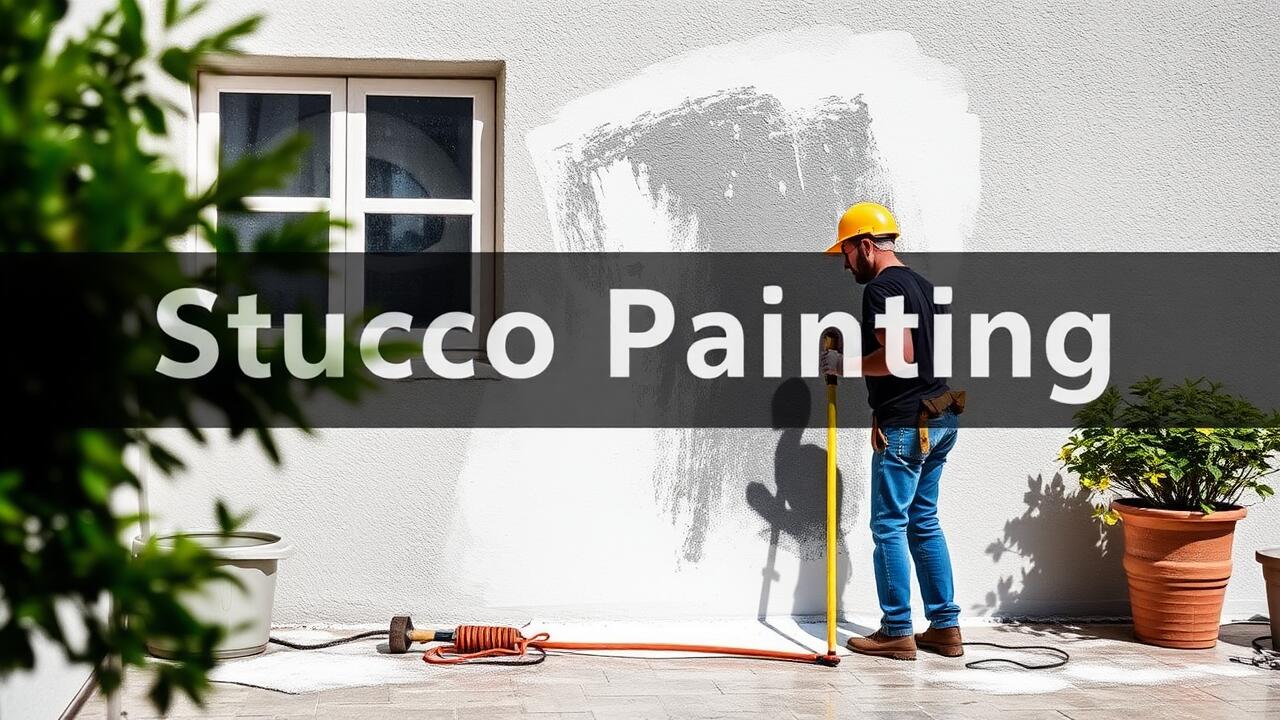
Surface Preparation Techniques
Proper surface preparation is crucial for achieving a successful paint job on stucco. This process typically begins with cleaning the surface to remove dirt, dust, and any loose debris. Power washing is an effective method to ensure that all contaminants are eliminated. If the stucco has previous paint, it may be necessary to scrape or sand areas that are peeling or flaking to create a smooth surface. For those considering a project like stucco painting in Boyle Heights, Los Angeles, thorough preparation can enhance the paint's adhesion and longevity, leading to a more vibrant finish.
Priming the surface is another important step that should not be overlooked. A quality primer helps seal porous surfaces, making it easier for the topcoat to adhere properly. This step is especially beneficial for stucco, which can absorb paint unevenly if not prepped correctly. Choosing the right primer tailored for stucco can further improve the outcome. Following these preparation techniques can greatly influence the final appearance, particularly in a distinctive locale such as Boyle Heights, where the aesthetics of exterior finishes are emphasized.
Ensuring Optimal Conditions for Painting
Before starting any painting project, it's essential to assess the environmental conditions. High humidity or extreme temperatures can negatively affect paint adherence and drying times. For projects like Stucco Painting Mar Vista, Los Angeles, the ideal weather would be dry and mild. Morning hours are often best, as temperatures are cooler and there is less chance of unexpected weather changes later in the day.
Surface conditions also play a crucial role in achieving a professional finish. Clean and well-prepped surfaces promote better paint adhesion. Before painting stucco, ensure it is free of dirt, algae, and other contaminants. In Mar Vista, it's sometimes beneficial to power wash the surface before beginning the painting process. Taking these steps can enhance the quality of the final result and prolong the life of the paint job.
Application Techniques for Brushes
Brush application can offer a high degree of control, especially in areas that may be difficult to reach with a roller. For those tackling projects such as Stucco Painting Boyle Heights, Los Angeles, it’s important to choose the right type of brush. A thick nylon or polyester brush is often ideal for stucco surfaces since these brushes can hold more paint and effectively fill in the textured crevices. Begin by loading the brush with paint, then apply it in sections, working from the bottom to the top to avoid drips.
An important technique in brush application is to employ a stippling motion. This method helps ensure that paint adheres well to the irregular surfaces of stucco. It can also help cover any spots that may have been missed initially. When painting, keep an eye on the thickness of each coat, as too much paint can lead to peeling. Regularly checking your work will help maintain consistent coverage across the surface, ensuring a quality finish for any stucco project.
Best Practices for Brush Application
When using a brush for stucco painting, it's important to select a high-quality brush designed specifically for textured surfaces. A stiff-bristled brush can help work paint into the crevices of the stucco, ensuring even coverage and minimizing the risk of missed areas. Adequate control is crucial; holding the brush at a comfortable angle allows for better manipulation, enabling the painter to navigate the uneven surface of the stucco effectively. Consistent, overlapping strokes help to achieve a uniform finish, eliminating the streaks often associated with less careful techniques.
Prior to beginning the painting process, proper surface preparation is essential. Cleaning the stucco to remove dust, dirt, and any loose material creates an optimal foundation for paint adhesion. In areas such as Stucco Painting Boyle Heights, Los Angeles, where environmental factors can play a significant role in paint performance, it is wise to check the weather and avoid painting during extreme temperatures or high humidity. Taking these precautions not only enhances the final appearance but also contributes to the longevity of the paint job.
Application Techniques for Rollers
When using rollers for stucco painting, it’s essential to select the right roller nap length to achieve optimal coverage. A thicker nap is generally preferred for textured surfaces like stucco, as it can better reach into the crevices and uneven textures. Begin by pouring the paint into a tray and saturating the roller thoroughly. Make sure to apply an even coat by rolling in a consistent pattern, typically in a W or M shape, before filling in the spaces. This method will help ensure uniform coverage without leaving streaks.
For those engaged in stucco painting in Boyle Heights, Los Angeles, it's vital to work in manageable sections to prevent the paint from drying before it can be blended. A careful approach involves overlapping each stroke slightly to create a seamless finish. Regularly checking the roller for excess paint will help maintain control and avoid drips. After rolling out each section, consider using a brush to touch up any edges or detail work, ensuring a polished final look.
Effective Rolling Techniques
When using a roller for stucco, it’s essential to choose the right type of roller cover. A roller with a thick nap helps to better engage with the texture of stucco surfaces, allowing for more paint to be applied without missing any grooves or crevices. This is particularly relevant for projects like Stucco Painting Mar Vista, Los Angeles, where factoring in the local climate can influence paint adhesion and longevity. Rolling in a grid pattern can also ensure even coverage, reducing the risk of pooling or drips.
Another effective rolling technique involves using a paint tray with a built-in ridge. This helps load the roller evenly, making it easier to apply consistent coats. For larger surfaces, consider using an extension pole, which enables you to maintain a comfortable posture while reaching higher areas. The goal is to work in manageable sections, ensuring that the paint is applied smoothly and uniformly. Mastering these techniques can yield a professional finish and enhance the overall look of stucco surfaces.
FAQS
What are the main differences between using a brush and a roller for painting stucco?
The main differences include the texture and finish achieved, as well as the application technique. Brushes allow for more detail work and can penetrate textured surfaces better, while rollers cover larger areas more quickly and provide a more uniform finish.
Which method is more suitable for textured stucco surfaces?
Brushes are generally more suitable for textured stucco surfaces, as they can reach into crevices and provide better coverage on uneven surfaces. However, rollers can also be effective if used with the right technique and nap length.
Do I need to prepare the stucco surface before painting?
Yes, surface preparation is crucial for achieving a lasting paint job. This includes cleaning the surface, repairing any cracks, and ensuring the stucco is dry and free of debris before applying paint.
Can I use the same type of paint for both brushes and rollers?
Yes, you can use the same type of paint for both brushes and rollers. However, it’s important to check the paint's specifications for compatibility with your chosen application method and to consider the finish you want to achieve.
What is the best practice for rolling paint on stucco?
The best practice for rolling paint on stucco includes using a roller with a longer nap to ensure it can effectively reach the texture of the surface. Apply the paint in a W or M pattern to ensure even coverage and minimize roller marks.



